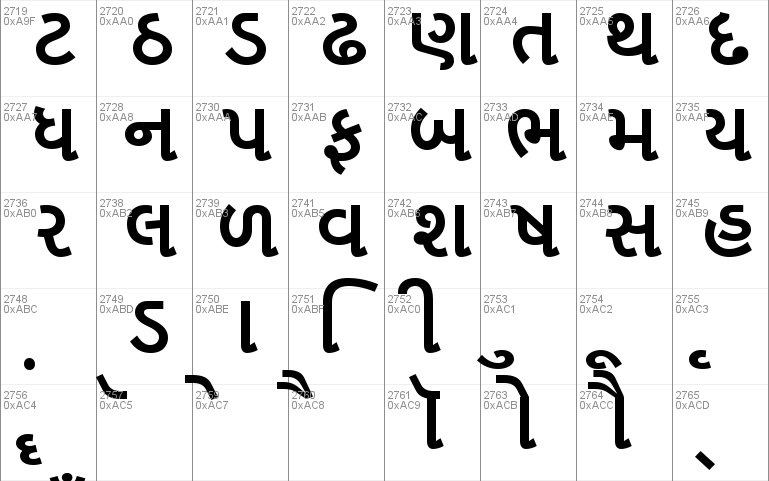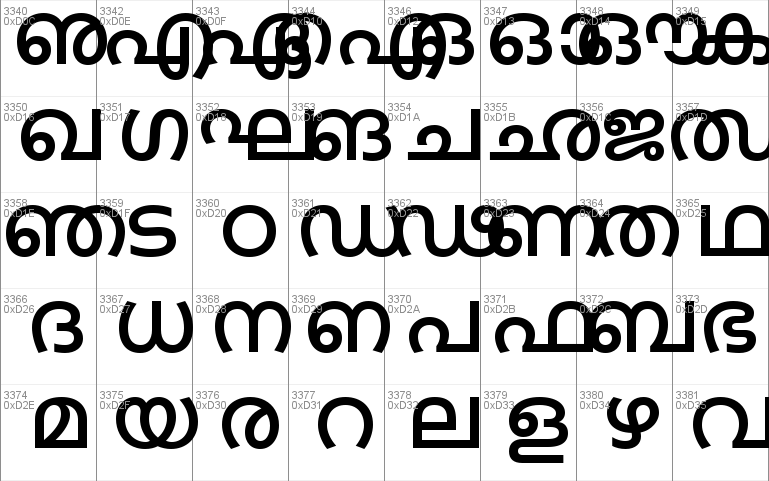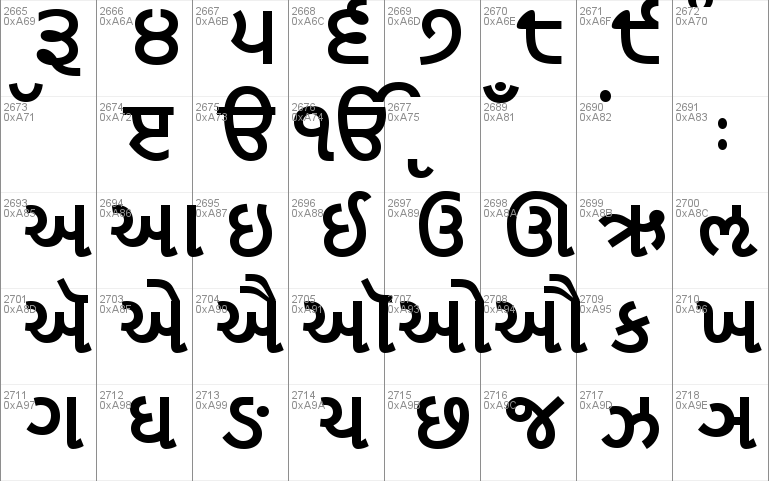

Out of pure coincidence, the phoneme inventory of present-day colloquial Sinhala is such that yet again the śuddha alphabet suffices as a good representation of the sounds. The definition of the two sets is thus a historic one. This is the reason why this set is also called Eḷu hōdiya ("Eḷu alphabet" එළු හෝඩිය img).

This "pure" alphabet contains all the graphemes necessary to write Eḷu (classical Sinhalese) as described in the classical grammar Sidatsan̆garā (1300 AD). The core set of letters forms the śuddha siṃhala alphabet (pure Sinhalese, ශුද්ධ සිංහල img), which is a subset of the miśra siṃhala alphabet (mixed Sinhalese, මිශ්ර සිංහල img). This was undesirable, and therefore, the round shapes were preferred. This is because Sinhala used to be written on dried palm leaves, which would split along the veins on writing straight lines. Most of the Sinhalese letters are curlicues straight lines are almost completely absent from the alphabet. The Sinhalese script is an abugida, as each consonant has an inherent vowel ( /a/), which can be changed with the different vowel signs or removed (see image on left for examples).


The alphabet is written from left to right. This marker suppresses the inherent vowel. In order to produce such a pure consonant, a special marker, the hal kirīma has to be added: ක්. It is also possible to have no vowel following a consonant. For "ki", a small arch called ispilla is placed over the ක: කි. Characteristics The basic form of the letter k is ක "ka". In order to render Sanskrit and Pali words, an extended set, the miśra siṃhala (mixed Sinhalese, මිශ්ර සිංහල img), is available. The core set, known as the śuddha siṃhala (pure Sinhalese, ශුද්ධ සිංහල img) or eḷu hōḍiya ( Eḷu alphabet එළු හෝඩිය img), can represent all native phonemes. Sinhalese is often considered two alphabets, or an alphabet within an alphabet, due to the presence of two sets of letters.


 0 kommentar(er)
0 kommentar(er)
